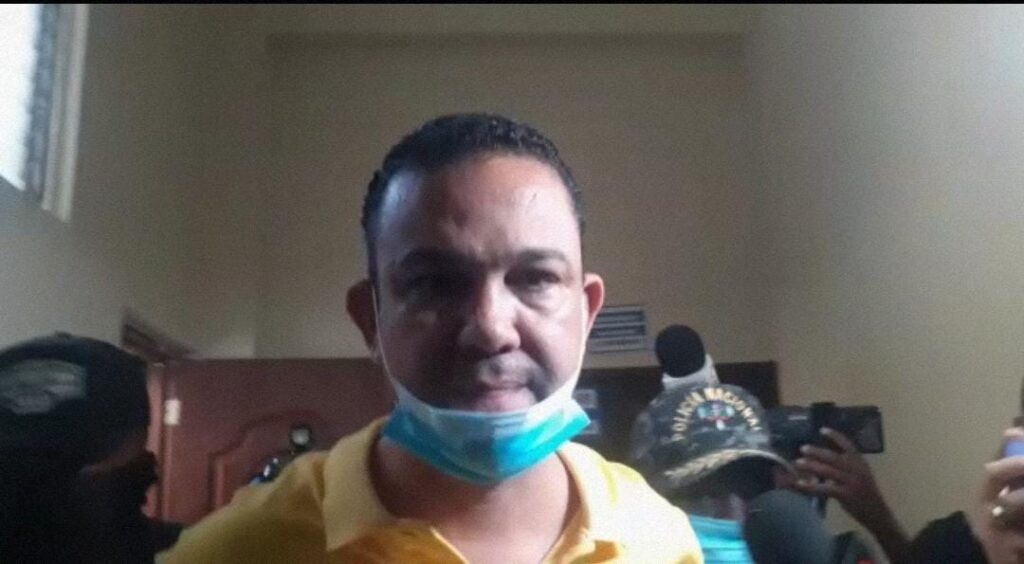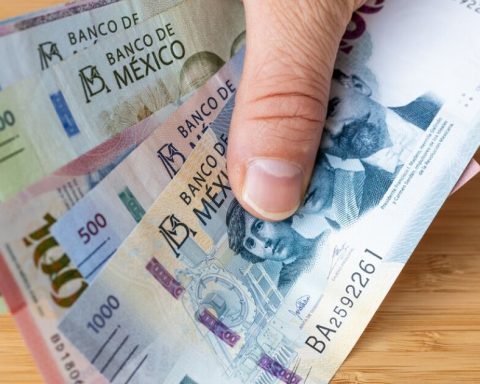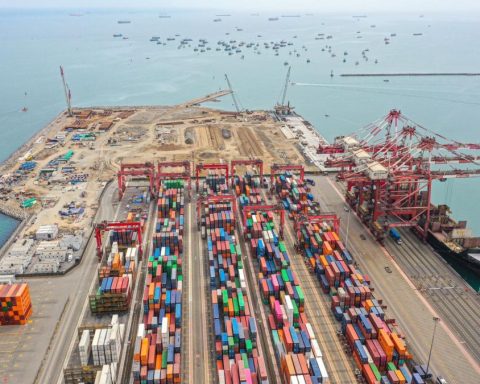The CERES Leading Index (ILC) grew 0.2% in January after two months of neutral results, so the year 2022 begins with a positive sign, better than the end of 2021, according to data released this Friday.
“The ILC rates show that the Uruguayan economy has come out of the contraction phase, that it is recovering vigorously, but that it is having a hard time consolidating generalized growth in all sectors,” the report stated.
For its part, the Diffusion Index in January was 60%, which indicates that more than half of the variables that make up the ILC registered positive rates in the month. This indicator is complementary to the Leading Index and measures the amplitude of the support base of its monthly movement, since it considers the proportion of the ILC variables with positive rates in each month.

In addition, the report shows that despite the high level of people studying covid-19, The increased tourist activity creates room for a reactivation in some sectors of the economy, although the spread of infections conspires against the level of activity.
The ILC is a leading indicator of the level of activity, which is used to predict changes in the business cycle; it does not allow quantitative projections to be made on the levels of economic activity, but is designed to give signals on the sign of the evolution of general economic activity.
The Center for the Study of Economic and Social Reality (Ceres) processes a broad economic database and extracts for its Leader Index those variables that, due to their behavior, allow anticipating the trend of the Gross Domestic Product (GDP). It incorporates variables from all sectors: agriculture, industry, construction, trade and services, energy, telecommunications, finance, and others.
















